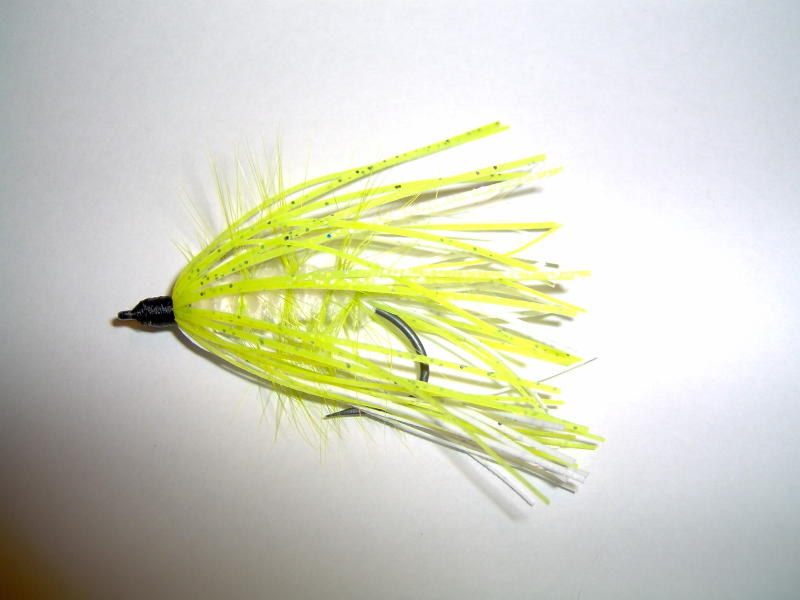This is a rant I made in reply to a posting on Yahoo about a guy who mentioned he fished the Illinois River in Oklahoma - his friend mentioned that he was fishing in chicken poop.
Check out www.bookcircus.com. We will soon be selling fly fishing and tying books. We do sell textbooks, curriculum and a whole lot of other books too.
Use BLOG20 for a 20% discount off all inventory.Farmers are spreading it (chicken litter) in their fields. The run off from rain
causes and increase in nitrates and lower levels of oxygen. The
Illinois River watershed is very large. Arkansas is the world's or
one of the world's largest chicken producers - obviously, it's Tyson's
backyard. Not to mention George's, OK Foods, Cargill, Vess Cobb,
Peterson . . .
In my opinion a lot of pollution is also coming from the surrounding
cities, Fayetteville, Springdale, Rogers, Bentonville. The area has
been a contruction boom for about 5 years. Developers haven't been
following ordinances and have been fined. Main creeks that feed the
Illinois River are Clear Creek, Mud Creek, Scull Creek, and a few
others I cannot remember. These creeks flow through residential areas
and cities. Some of these actually supported life or more life than
usual. The Ozark Cave fish is now in trouble - an almost extinct
species. Some of the pollution comes from arsenic in construction and
from the overall population boom here in Northwest Arkansas - a
population boom that is causing local administrators to begin
legislation on protecting the environment - waters and land. The
Fayetteville Shale Plate is predicted to make the state have a boon
economy - the largest such holdings of natural gas in North America.
I have seen the decline of local waters that I fish - just over the
past 5 years. A local gated community was built on the White River.
They sit on the edge of a cliff. There are several large pipes that
allow run off from the neighborhood to pour into the river.
The West Fork of the White River is under probation from Feds. A
recent dump site was built 2 miles in the watershed. Many miles of
the rver that once held healthy populations of smallmouth, bream and
crappie are now void of almost all species.
Thousands of acres that were unpopulated are now surrounding creeks
and rivers that flow into the Illinois and White River Watersheds.
The Ozarks are beautiful and the streams are amazing. All I see now
are thousands upon thousands of people moving in by the droves.
People who go out to take advantage of the beauty and outdoors but do
not truly respect it. More business and communities are popping up
but for the worse of streams and the environment.
Growing up in British Columbia, I grew to appreciate the environment -
it would almost seem that people used to respect the environment a lot
more. I have seen pure water streams and hundreds of acres untouched
by man. I have also seen swaths of land clear cut for lumber.
Moving back to the states made me see how progress affects the
environment and how the dollar motivates man - myself included.
Perhaps, I lived too far away from large cities and big economies but
now it would seem that the whole world is growing fast - closing in on
itself.









